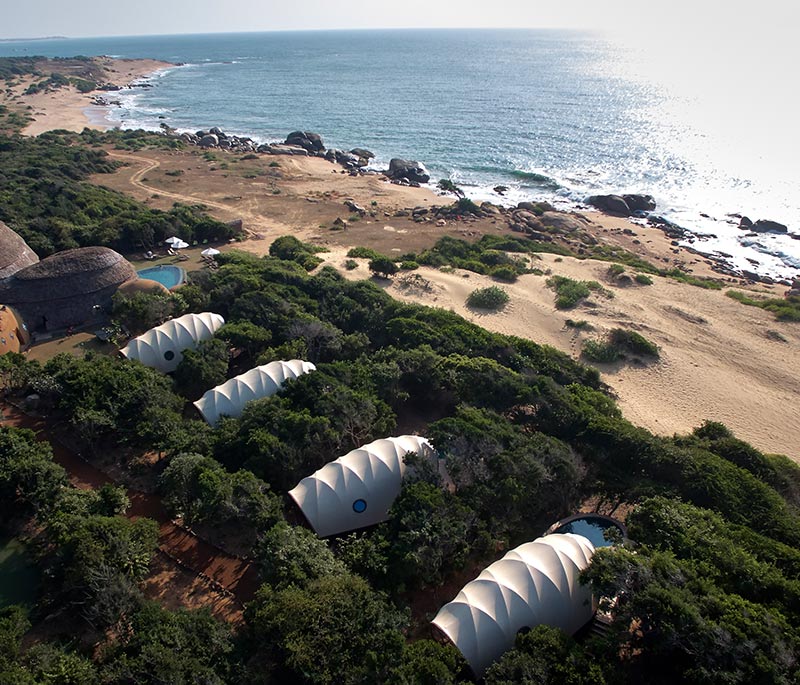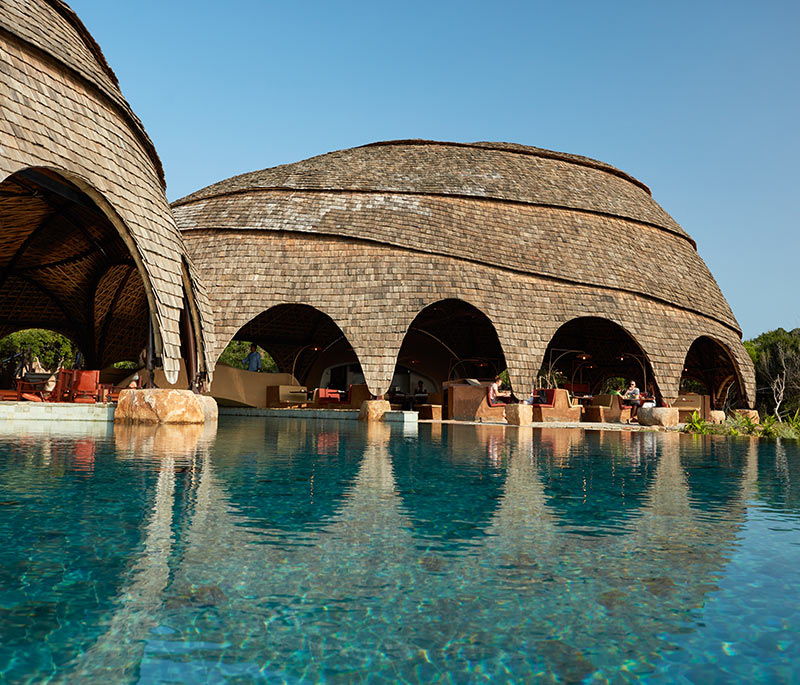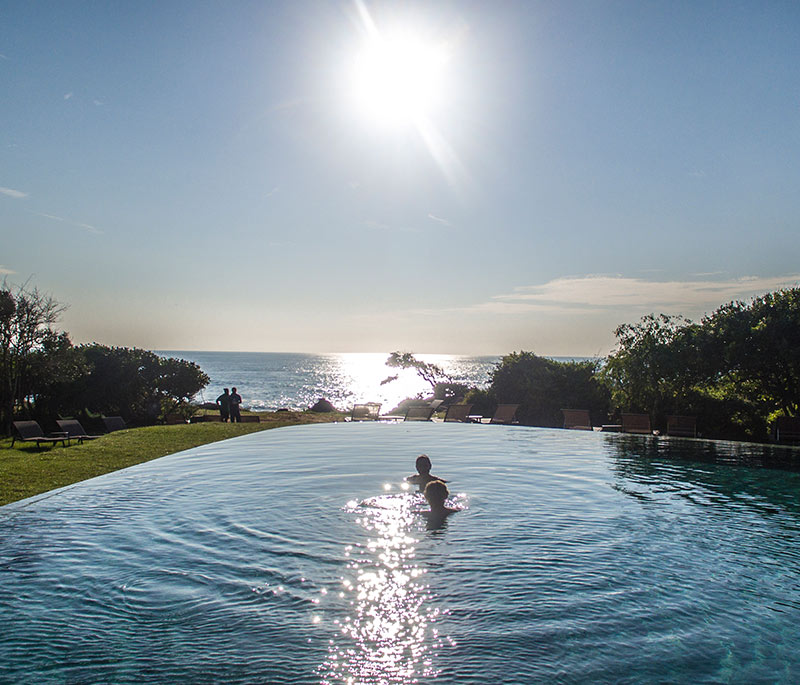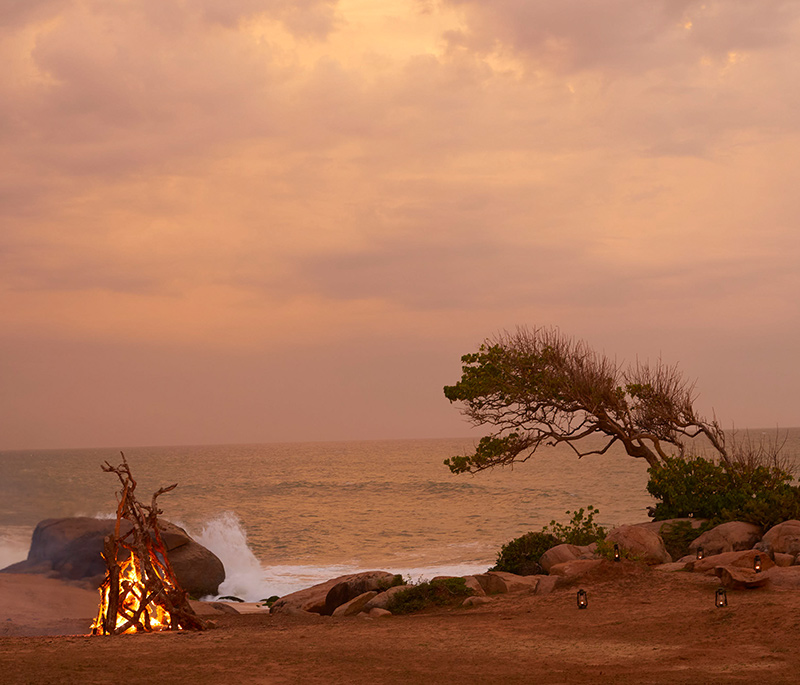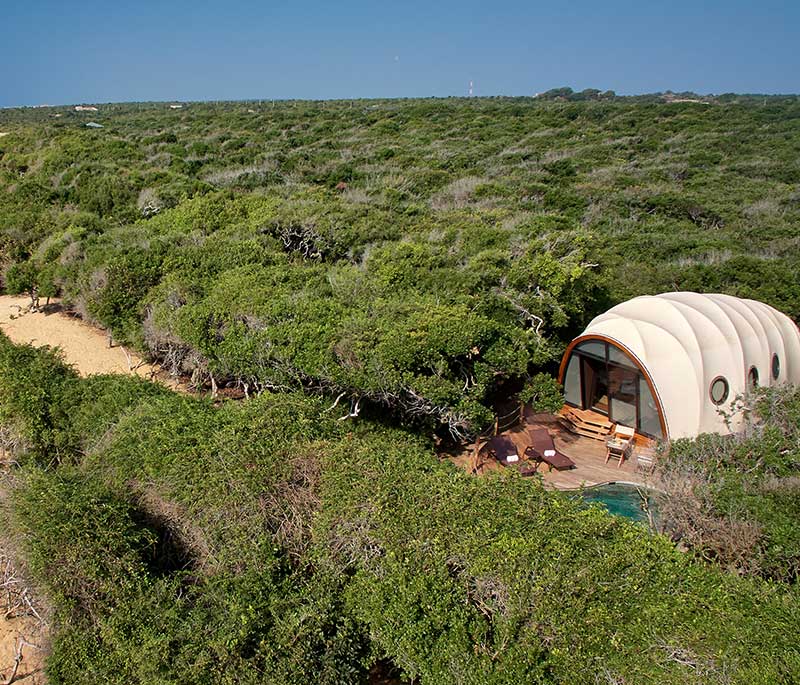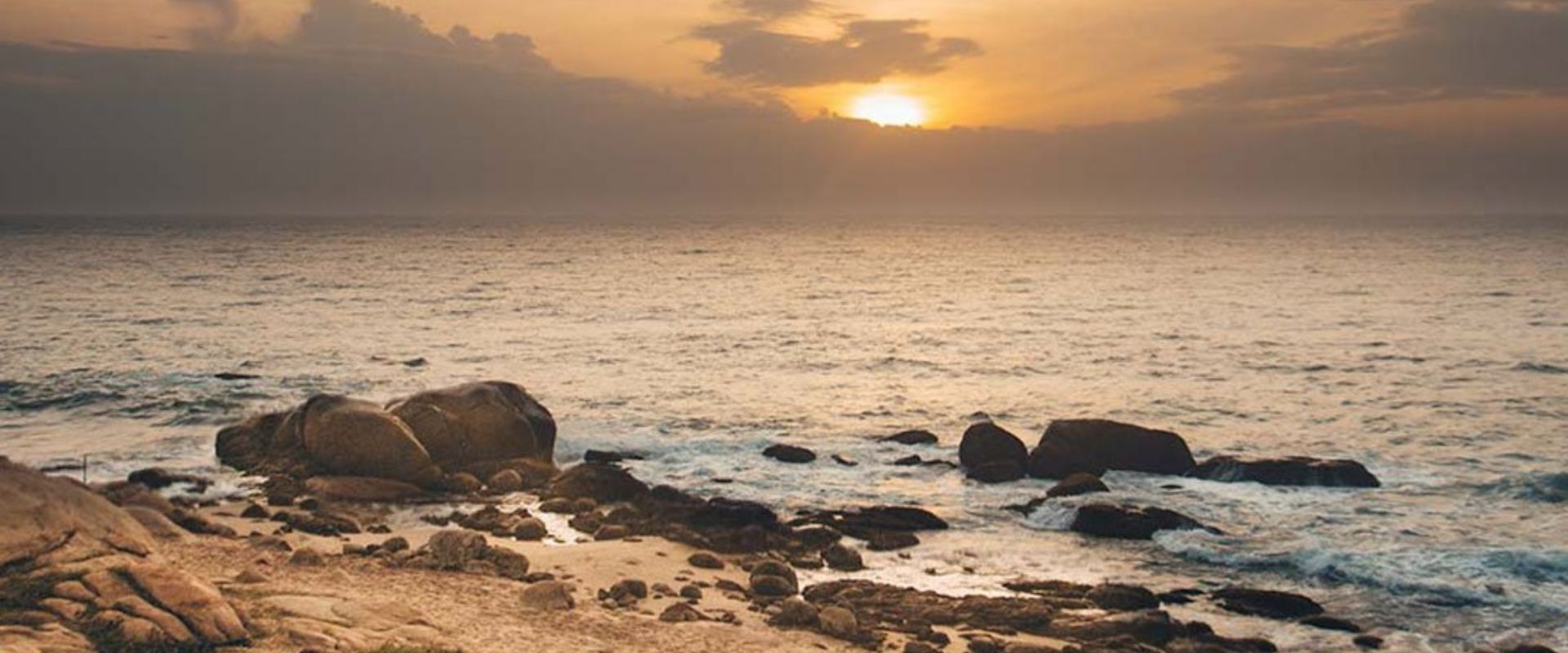
- Home
- Location
- Accommodation
- Dining
- Our Spaces
- Experiences
- Sundowners
- Guided Nature Walk
- Game Drives
- Exclusive Game Drive and Jungle Afternoon Tea
- Rural Bike Exploration
- Discover Sri Lankan Cuisine
- Explore Sithulpawwa Ancient Jungle Monastery
- Explore Kataragama Temple
- Junior Chef
- Junior Ranger
- Birding Experience at Bundala National Park
- Uda Walawe Elephant Adventure
- Afternoon Tea by the Lake
- Wilderness Dining
- Special Offers
- Celebrations
- Wellness And Spa
- Positive Impact
- Gallery
- Contact Us
- ____________________
- Our Resorts
- Resplendent Home
- Resplendent Journeys
- Resplendent Journal
Reserve
Flexible Cancellation

